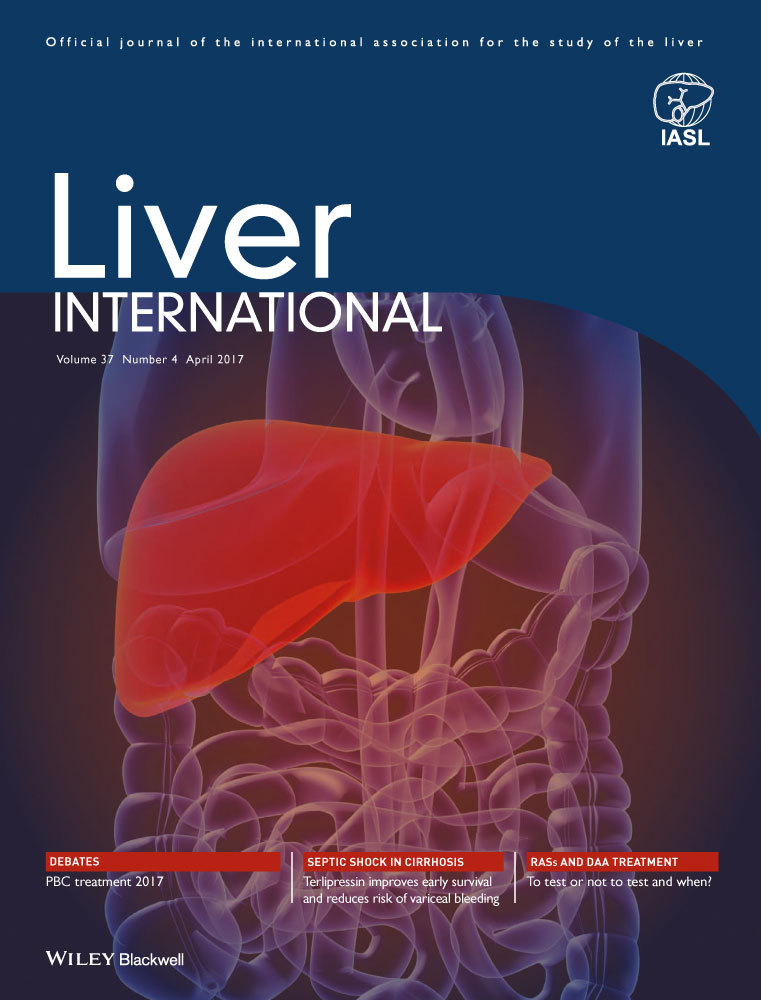High serum lipopolysaccharide binding protein is associated with increased mortality in patients with decompensated cirrhosis
Abstract
Background & Aims
Lipopolysaccharide-binding-protein (LBP) is an acute-phase-protein produced by hepatocytes. Changes in LBP are associated with the dynamics of bacterial translocation and intestinal permeability in decompensated cirrhosis (DC). We assessed serum and ascitic-fluid (AF) LBP and examined their association with mortality in patients with DC.
Methods
Eighty-eight consecutive patients (73.9% males) underwent thorough diagnostic investigations for infection. LBP (ng/mL) was assessed in serum (N=88) and AF (n=49) by enzyme-linked-immunosorbent-assay and expressed in natural logarithm (ln).
Results
Serum lnLBP was higher in 18 patients with overt infection compared to those without (P<.001). Serum and AF lnLBP 13.49 and 12.11 displayed a very good-negative-predictive value of 90% and 95.1% to rule out infection and spontaneous-bacterial-peritonitis (SBP), respectively. LBP was higher in serum than in AF (P<.001). Serum and AF LBP levels showed a positive correlation with surrogate markers of inflammation. Patients without overt infection were prospectively followed up. The 90-day-mortality rate was 48% and 24.4% in patients with high (≥13.49) and low (<13.49) lnLBP, respectively, (log rank P=0.045). In univariate Cox regression analysis, neutrophils, LBP, MELD score and CRP were predictive of mortality. However, only high LBP (HR 8.1 95%CI 2.0-31.5, P=0.003) and MELD (HR 1.1 95%CI 1.0-1.2, P=0.002) were predictive of mortality in multivariate analysis.
Conclusions
Serum and AF LBP concentrations showed a high negative-predictive-value to exclude infection and SBP, respectively. High serum LBP was detected in patients without infection at presentation who died during the 90-day-follow-up period. Elevated serum LBP is a marker of short-term mortality in patients without overt bacterial infection.




